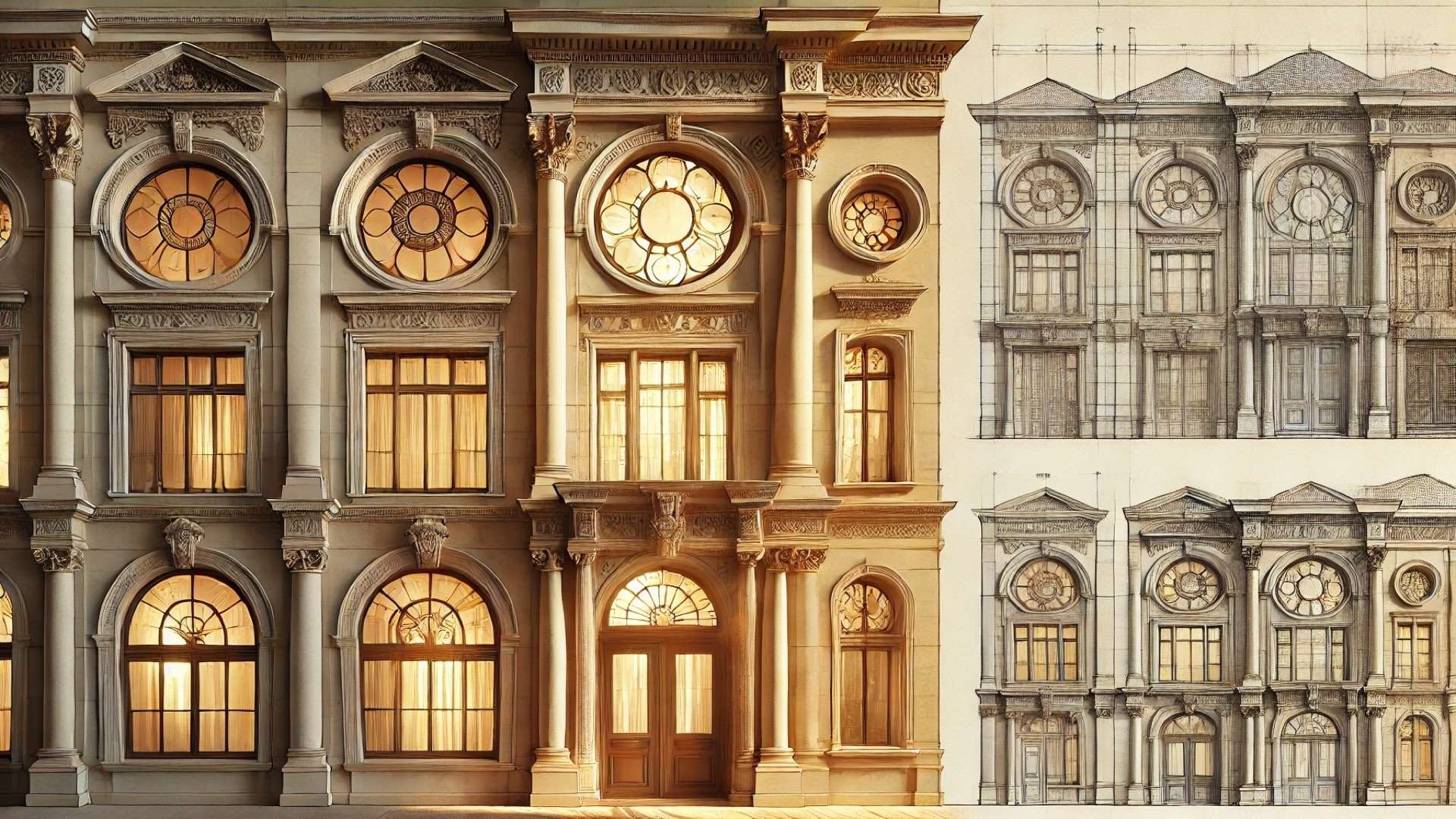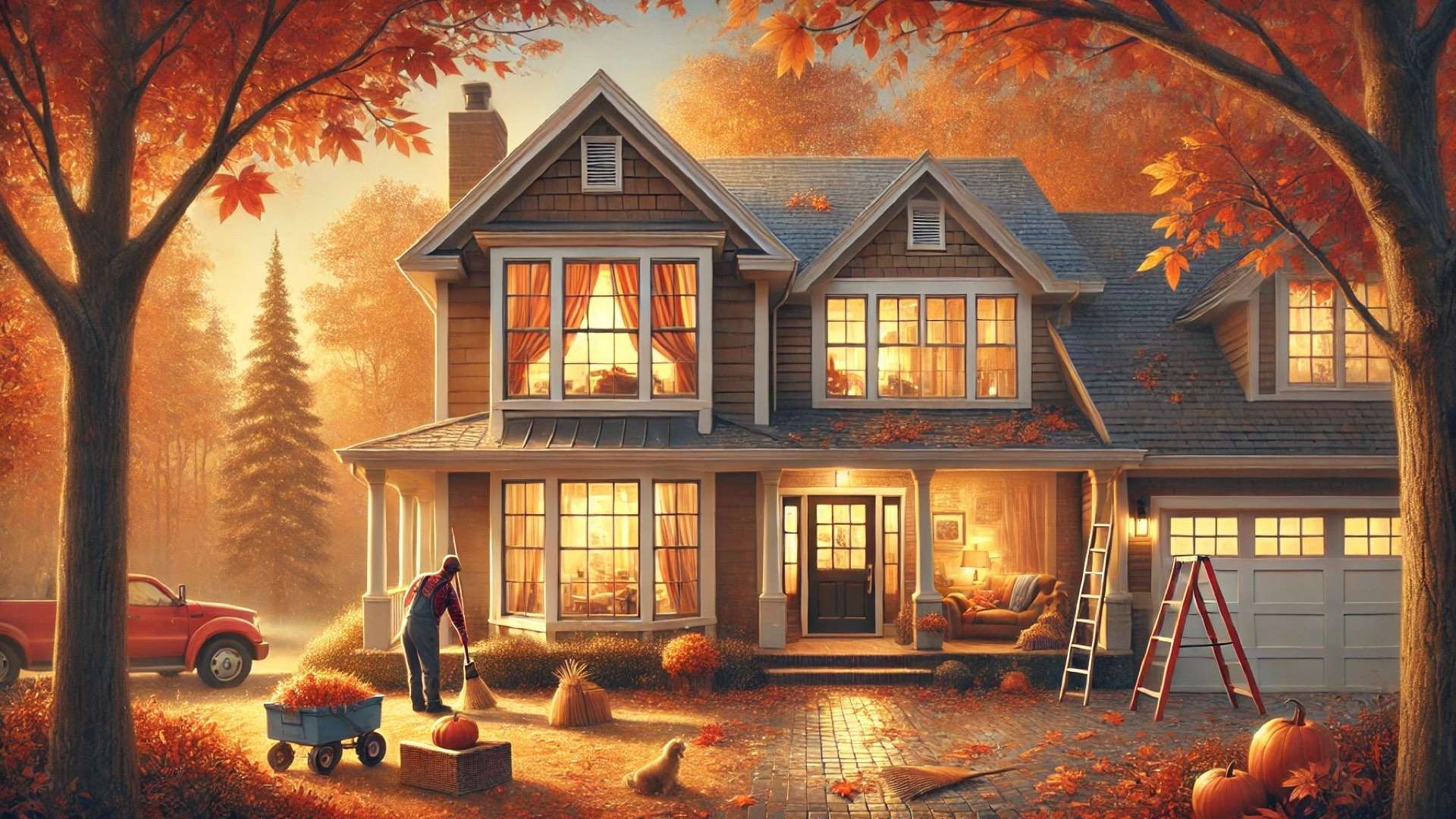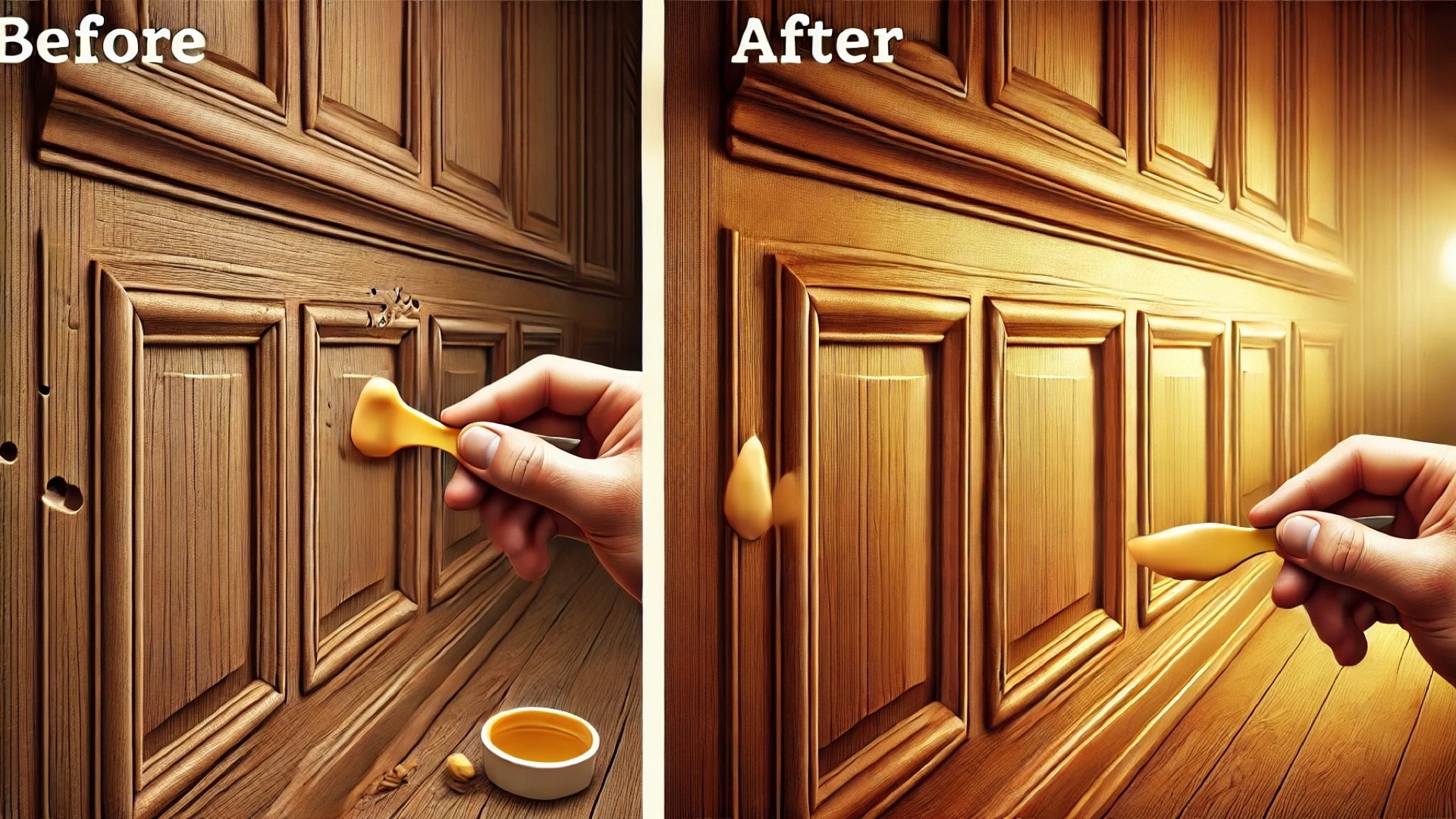
Understanding the Timeless Elegance of Lunette Windows
If you’ve ever admired the grand architecture of old houses or European cathedrals, you may have encountered a unique feature without even realizing it: the lunette window. These graceful half-moons of glass are not just beautiful; they serve practical purposes that speak to the ingenuity of historic architecture.
A Brief History of Lunette Windows
The term "lunette" comes from the French word meaning "little moon," reflecting its distinct crescent shape. This architectural element dates back nearly two thousand years, with the earliest examples found in Roman basilicas, such as the Basilica of Maxentius in Rome. As we moved into the Middle Ages and the Renaissance, lunettes began to take on more artistic significance. Medieval builders incorporated stained glass and sculptures into these windows, transforming them into storytelling canvases that illuminated sacred spaces.
From the Baroque to Modern Times
By the time we reached the Baroque and Neoclassical periods, lunette windows had become essential to architectural grandeur. Churches used them to highlight chapels, while opulent palaces framed them with intricate plasterwork and frescoes. Even in the United States, Georgian and Federal architects embraced the style, often placing lunettes above important entryways.
Fast forward to the present day, and lunette windows still hold a crucial place in design. Modern interpretations are being integrated into various architectural styles, from grand commercial buildings to cozy residential homes, showcasing their versatility and timeless beauty.
Lunette vs. Fanlight: Understanding the Distinction
It's important to distinguish between lunette windows and fanlights. While all fanlights are technically lunettes, they feature glazing bars arranged in a sunburst shape. Lunettes, however, come in various forms — some are adorned with intricate designs, while others maintain a clean and simplistic aesthetic. This variability enhances the charm of lunette windows; they can seamlessly complement any architectural style.
The Practical Benefits of Lunette Windows in Historic Homes
Lunettes are more than just cosmetic enhancements; they were originally designed for practical reasons. Historically, they allowed natural light into hallways and stairwells, which was crucial before the advent of modern lighting. Additionally, the arch construction helps distribute weight, providing structural integrity away from conventional flat lintels.
If you’re a homeowner or prospective buyer of historic properties, recognizing lunette windows is essential for restoring or maintaining architectural integrity. Accurate details in replacements or reglazing can significantly impact the character of your home; authenticity is key.
Incorporating Lunettes Into Modern Design
Today’s designers continue to find innovative ways to incorporate lunette shapes into contemporary design elements. From unique lighting fixtures to wall art, the distinct crescent shape adds a touch of sophistication and character. Reinventing traditional forms in a modern context opens up a dialogue between past and present, ensuring that the legacy of lunette windows endures.
Conclusion: Embracing Architectural Heritage
As you explore your options for home improvements or architectural designs, consider the enchanting nature of lunette windows. Not only do they bring light and beauty into spaces, but they also preserve a historical narrative that enriches both residential and commercial properties. Understanding these elements helps maintain architectural traditions while enhancing the character of your home.
 Add Row
Add Row  Add
Add 




Write A Comment